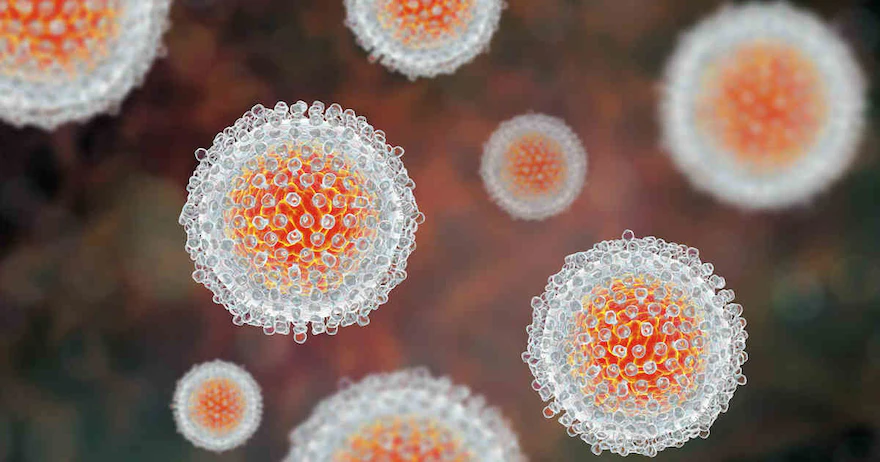



Original from: Labpulse.com
Researchers in Spain have evaluated a minimally invasive test based on dried blood spot samples for hepatitis C RNA detection and genotyping. In a study, published last month in the Journal of Medical Virology, they showed that the test, using samples from people who inject drugs, effectively assessed post-treatment cure rates and differentiated between reinfection and treatment failure.
Worldwide, 71 million people have hepatitis C, a leading cause of chronic liver disease and mortality. Direct-acting antivirals provide high cure rates. The World Health Organization (WHO) has set a goal of eliminating the disease as a public health problem by 2030. However, because knowledge about hepatitis C and healthcare access are limited for many groups at high risk for transmitting the virus, micro-elimination strategies ¡ª pursuing small successes in discrete populations ¡ª are key.
In accordance with WHO¡¯s goal, the researchers developed an assay to detect the virus¡¯s RNA using minimally-invasive sample collection at harm reduction centers, improving access to diagnosis for vulnerable populations. Dried blood spot samples had not been evaluated as part of a test for post-treatment cure, or for detecting reinfection.
The team¡¯s project was based on point-of-care diagnosis, treatment, and reinfection follow-up at Redan La Mina, Catalonia¡¯s largest harm-reduction center. They aimed to evaluate the clinical performance of the previously developed hepatitis C-RNA assay based on dried blood spot analysis, for the assessment of cure and the detection of recurrence following on-site treatment at the harm-reduction center. They also sought to assess the possibility of distinguishing between reinfection and treatment failure through hepatitis C genotyping. Such assessments are typically performed using venipuncture blood samples collected at healthcare centers, potentially deterring those at risk.
Of the 193 dried blood spot samples tested after treatment, the dried blood spot-based assay showed 100% specificity and sensitivity ranging from 84% to 96% based on different relevant viral load cut-offs, and similar rates as a test of cure. Dried blood spot sample collection was done before antiviral treatment and after treatment if recurrent viremia was detected by the commercially available assay. Researchers then compared the sequences to determine if the virus was the same (indicating treatment failure) or different (indicating reinfection). This information enabled hepatologists to decide on the most appropriate antiviral combination for the second treatment.
The research shows the potential of using dried blood spot samples for determining cure rates and differentiating between reinfection and relapse after antiviral treatment in people who inject drugs. The study also supports the viability of decentralized test-and-treat programs and post-treatment monitoring. The researchers said they hope their work will improve participation for those who face challenges accessing the healthcare system.
¡°Since a small number of patients have low viral loads, which can hinder the detection of viremia in dried blood spots, repeat testing every six months is advised for individuals who are at risk of hepatitis C reinfection,¡± Elisa Martr¨®, PhD, the corresponding author and a microbiologist at Germans Trias i Pujol Research Institute, recommended in a statement.
Source: Researchers in Spain demonstrate HCV RNA detection, genotyping using dried blood spot samples